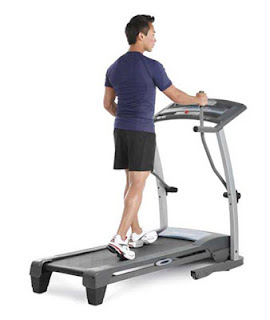Muscle gain and cardiovascular training normally don’t go well together. Both types of training have their fair share of benefits, but when combined in one workout plan, your body will get confused with the training of two different physiological energy systems: the aerobic and the anaerobic. Aerobic training strengthens your cardiovascular system (heart and lungs), which is great for weight loss and improving your general fitness levels. However, it’s not so great when it comes to muscle gain. Too much cardio training can actually break down your muscles and replace bulky fast twitch muscle with the leaner slow twitch kind. Meanwhile, anaerobic weight training helps in muscle gain but don’t have the body fat loss benefit of cardio.
If you don’t have a personal trainer yet to help you out in your personal training program, follow these tips to find that perfect balance between cardio and weight training:
1. Too much training is more bad than good
Unless you’re overweight, don’t do any more than 20 minutes of cardio work in one session after your first three months. You may start to compromise your muscle gains if you train for more than this. If body fat loss is what you aim for, then do three cardio workouts a week for the first three months, instead of the usual two per week. The additional workout should be a steady placed effort that is not more than 45 minutes after your weights workout.
2. Complement your training
Short, stop-start, fast workouts are complementary interval training workouts that work easily well with weight training. If you have a reasonable level of cardiovascular fitness, then you you should have no trouble in completing them.
3. Train to recover
Feeling sore after a weights workout? A steady 20-minute run or cycle can flush out some of the waste products that have accumulated and speed up your recovery for your next workout.

